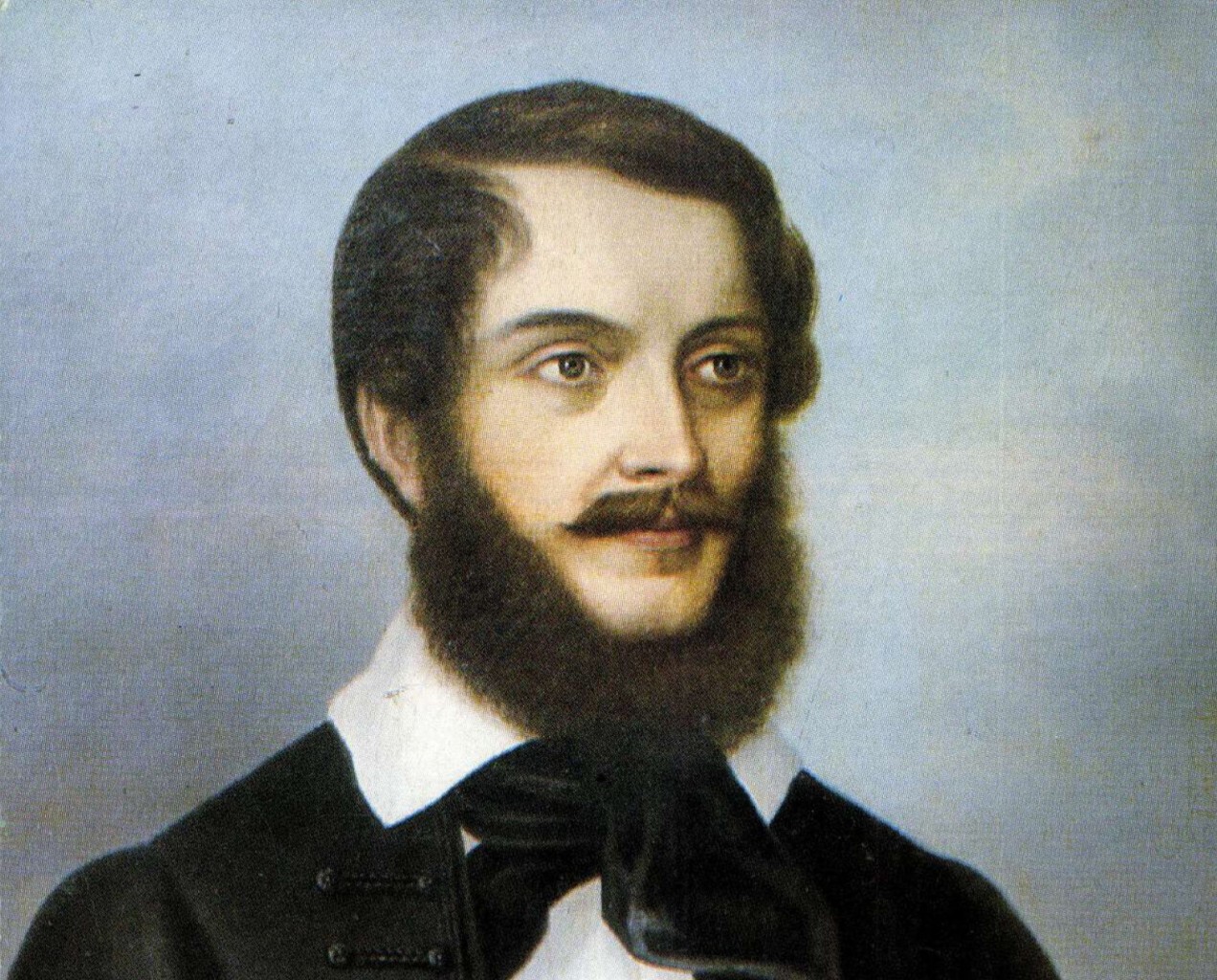
Kossuth Lajos és a piaristák piarista.hu
We present a case study studying the transnational and multilingual news event of Hungarian revolutionary Lajos Kossuth's journey to the United States in 1851-52. Our approach helps to demonstrate some of the characteristic patterns and complexities in transatlantic news circulation, including the pathways, reach, temporality, vagaries, and.
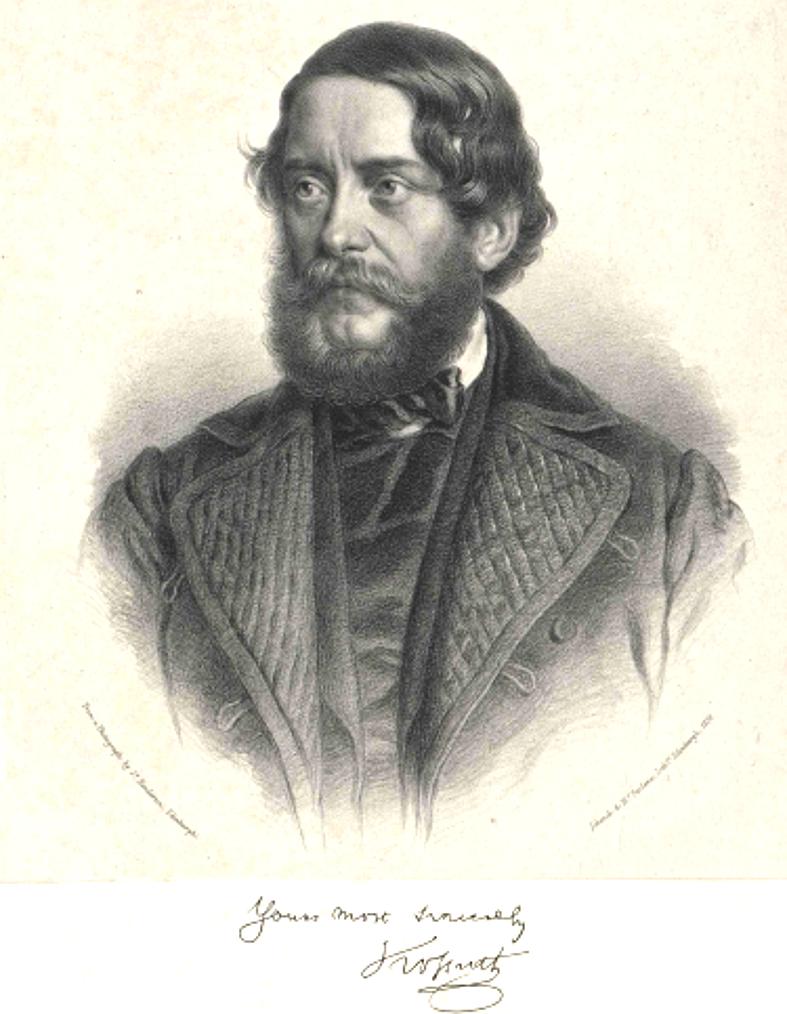
Okostankönyv
File: Kossuth Lajos portré kalapban.jpg. From Wikimedia Commons, the free media repository. Jump to navigation Jump to search. File; File history; File usage on Commons; File usage on other wikis; Size of this preview: 483 × 599 pixels. Other resolutions: 193 × 240 pixels | 387 × 480 pixels | 826 × 1,024 pixels.

NPG P1700(10c); Lajos Kossuth Portrait National Portrait Gallery
The Hoosier Connection: Lajos Kossuth Visits Indiana. Tuesday, June 15, 2021. Lajos Kossuth in 1848 (portrait by August Prinzhofer, lithograph by Johann Rauh).
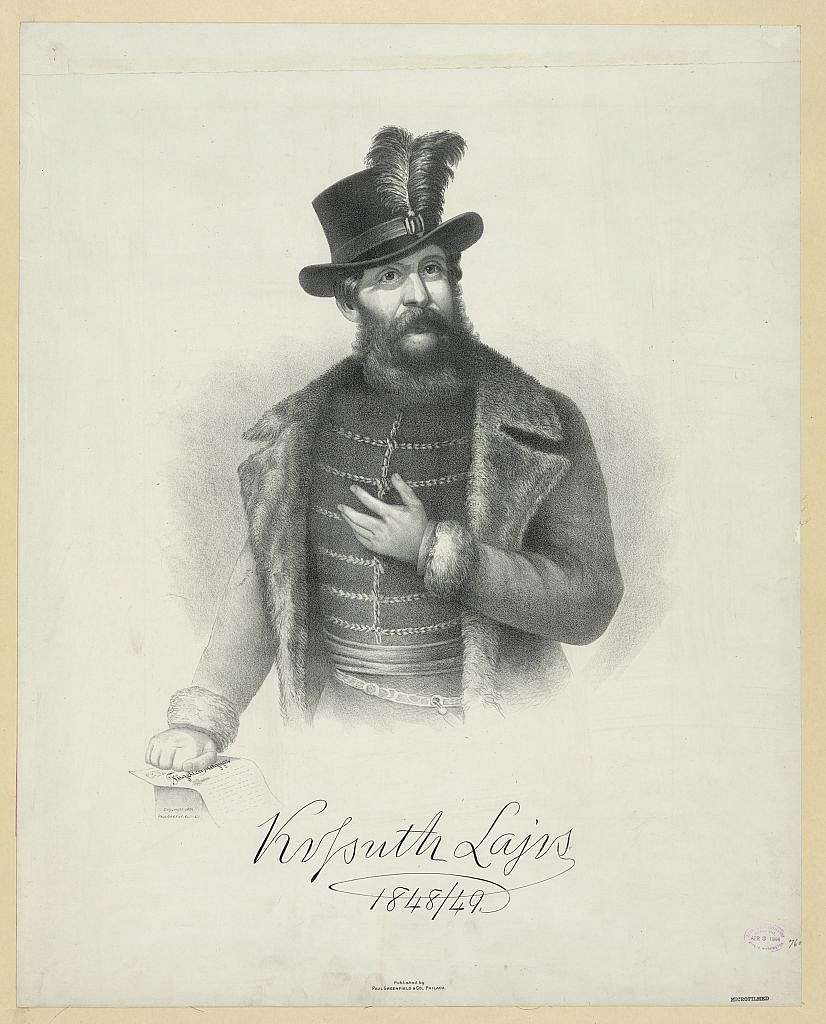
Kossuth Lajos portré kalapban Public domain portrait engraving PICRYL Public Domain Media
Renowned Hungarian revolutionary and statesman Lajos Kossuth arrived on the shores of the United States on 6 December 1851. He was received by a warm welcome and outpour of enthusiasm, from the highest ranking politicians and the 'common folk' alike, who lauded him for his pursuit of Hungarian freedom. Márton Losonczi. — 06.12.2023.

Kossuth Lajos élete, munkássága SuliPro
Louis Kossuth. The Hungarian statesman and orator Louis, or Lajos, Kossuth (1802-1894) was the foremost leader of the Hungarian Revolution of 1848-1849 and the symbol of Magyar nationalism. The son of an impoverished Lutheran nobleman, Louis Kossuth was born at Monok in northern Hungary on Sept. 19, 1802.
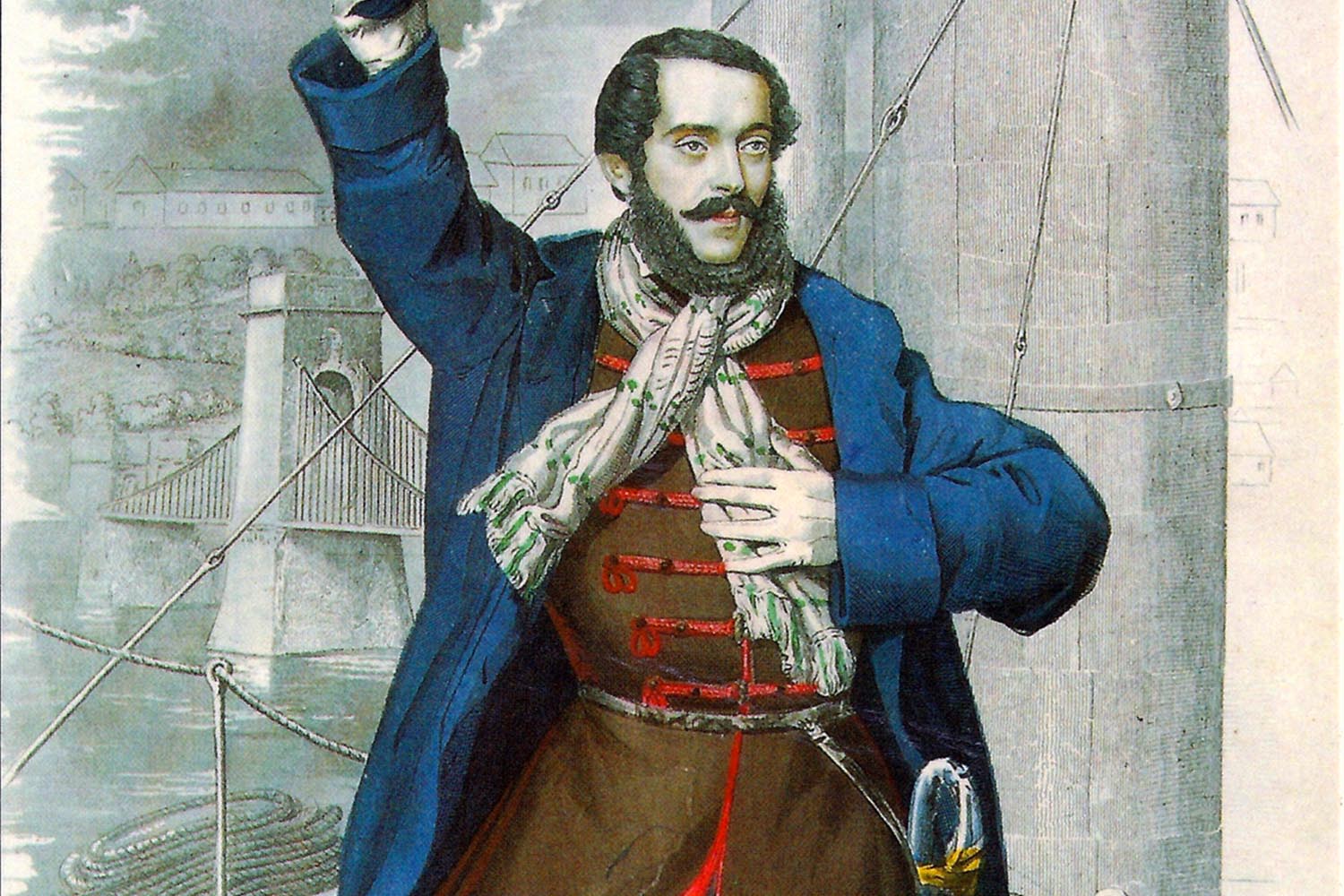
Budapest Magyar Ökumenikus Segélyszervezet Kossuth Lajos Utca Budapest Magyar Ökumenikus
Kossuth was the first foreign statesman since the Marquis de Lafayette to address a joint session of Congress. Lajos Kossuth was a Hungarian lawyer, journalist, politician and Regent-President of the Kingdom of Hungary during the revolution of 1848-49. He was honored in his lifetime not just in Hungary, but in the United States, as a freedom.
Oroszlánt tartott hotelszobájában a botrányos magyar festőművésznő szmo.hu
Lajos Kossuth, (born Sept. 19, 1802, Monok, Hung.—died March 20, 1894, Turin, Italy), political reformer who inspired and led Hungary's struggle for independence from Austria.His brief period of power in the revolutionary years of 1848 and 1849, however, was ended by Russian armies. Early career. Kossuth's father came of Slovak, his mother of local German stock.
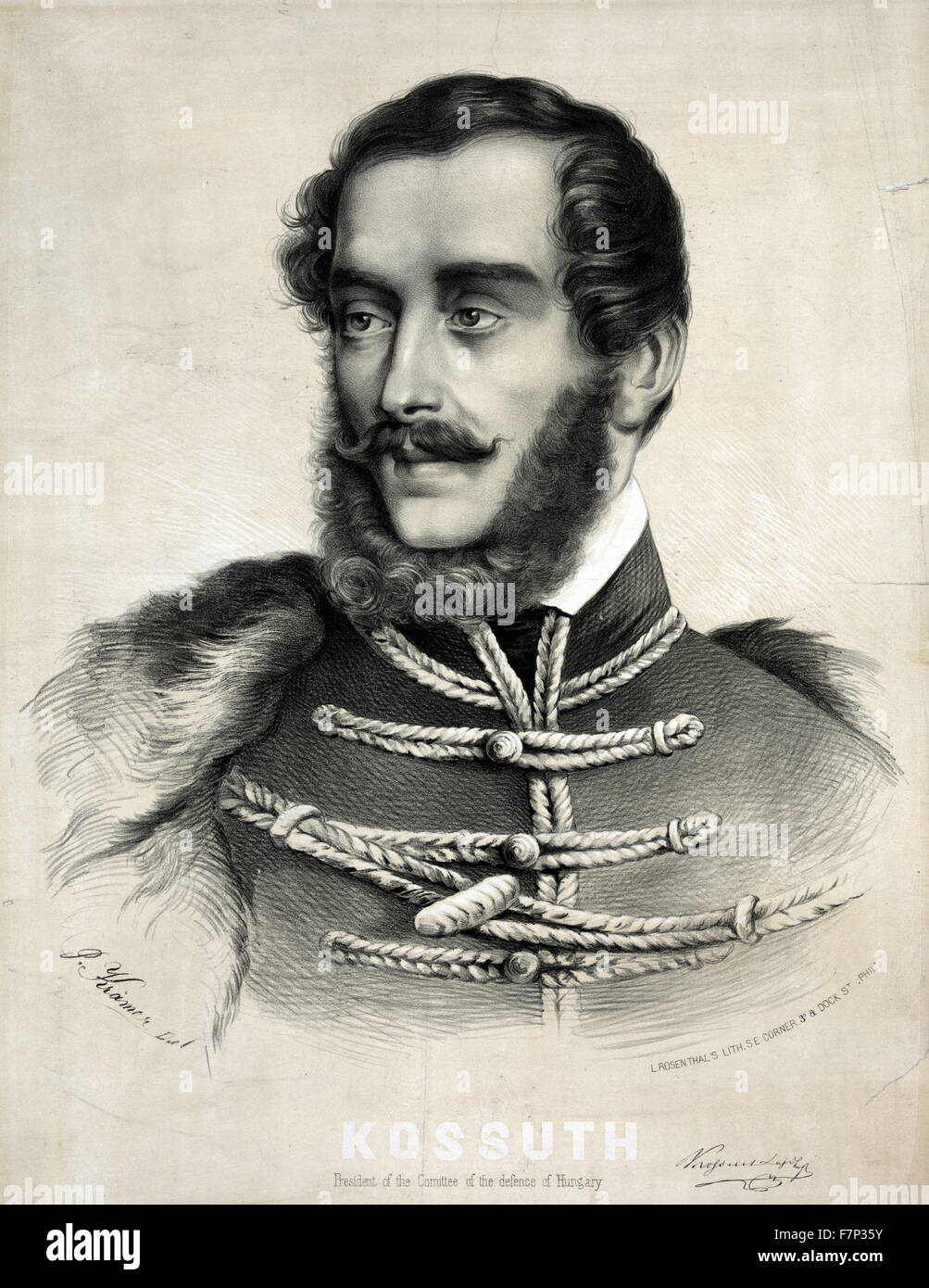
Lajos kossuth Fotos und Bildmaterial in hoher Auflösung Alamy
You are free: to share - to copy, distribute and transmit the work; to remix - to adapt the work; Under the following conditions: attribution - You must give appropriate credit, provide a link to the license, and indicate if changes were made. You may do so in any reasonable manner, but not in any way that suggests the licensor endorses you or your use.

Kossuth Lajos, Hungarian freedom fighter, statesman and orator signed stereoscopic portrait
Lajos Kossuth, (born Sept. 19, 1802, Monok, Hung.—died March 20, 1894, Turin, Italy), Hungarian patriot. A lawyer from a noble family, he was sent to the national Diet (1832), where he developed his radical political and social philosophy. Imprisoned on political charges (1837-40), he later wrote for a reform journal and gained a devoted.

Lajos Kossuth (18021894) Photograph by Granger Fine Art America
Summarize this article for a 10 year old. SHOW ALL QUESTIONS. Lajos Kossuth de Udvard et Kossuthfalva ( pronounced [ˈlɒjoʃ ˈkoʃut], Hungarian: udvardi és kossuthfalvi Kossuth Lajos, Slovak: Ľudovít Košút, English: Louis Kossuth; 19 September 1802 - 20 March 1894) was a Hungarian nobleman, lawyer, journalist, politician, statesman.

NPG Ax46267; Lajos Kossuth Portrait National Portrait Gallery
A Kossuth-portré szobrászati munkát a XX. század első felének neves szobrásza és éremművésze, Berán Lajos (1882-1943) készítette. A portré alá aranybetűkkel az alábbi feliratot vésték: EBBEN AZ ÉPLETBEN/ SZENVEDETT RABSÁGOT/ A HAZÁÉRT/ KOSSUTH LAJOS/ 1837 V 5 - 1840 V 10. Az 1940-ben elhelyezett emléktábla.

Kossuth Lajos Magyar Nemzeti Digitalis Archivum Kossuth Lajos Tengeresze Phd(c) in
Signature. Lajos Kossuth de Udvard et Kossuthfalva ( pronounced [ˈlɒjoʃ ˈkoʃut], Hungarian: udvardi és kossuthfalvi Kossuth Lajos, Slovak: Ľudovít Košút, English: Louis Kossuth; 19 September 1802 - 20 March 1894) was a Hungarian nobleman, lawyer, journalist, politician, statesman and governor-president of the Kingdom of Hungary.
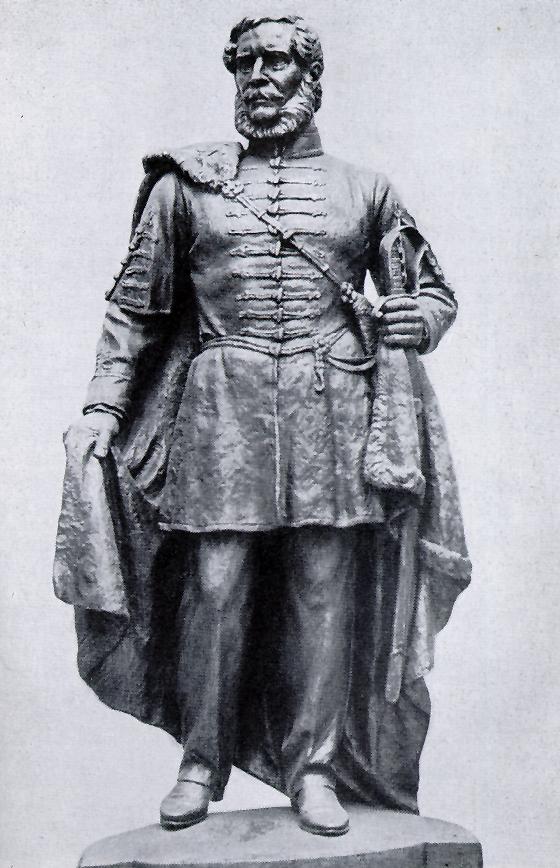
Lajos Kossuth JungleKey.fr Wiki
Lajos Kossuth - Hungarian Exile, Revolution, Reforms: The Western powers put pressure on the sultan to refuse Austria's and Russia's demand for his extradition, and Kossuth spent two years interned in Kütahya in Anatolia. The U.S. government invited him to visit America and sent a frigate. He stopped in England on the way, where he addressed a series of mass meetings, speaking in English.

Lajos Kossuth' (18021894) portrait, from the 1860s. Múzeum Antikvárium Történelmi személyek
Media in category "Portraits of Lajos Kossuth" The following 68 files are in this category, out of 68 total. Wien im October 1848 p008 Portraits.jpg 2,359 × 1,525; 1.23 MB.. Kossuth Lajos portré kalapban.jpg 826 × 1,024; 99 KB. Kossuth Lajos portré.jpg 1,358 × 1,608; 419 KB. Kossuth Lajos portréja.jpg 562 × 720; 247 KB.

Description of 100 Forint 1949
Kossuth nagy szerepet játszott abban, hogy 1847 -ben megalakult az Ellenzéki Párt, amelynek programját lényegében ő fogalmazta meg. Kossuth Lajos kortesmenete a Nemzeti Múzeum előtt 1847-ben. Az 1847-48-as országgyűlésen, egy éles választási küzdelem után már Pest megye követeként vett részt.
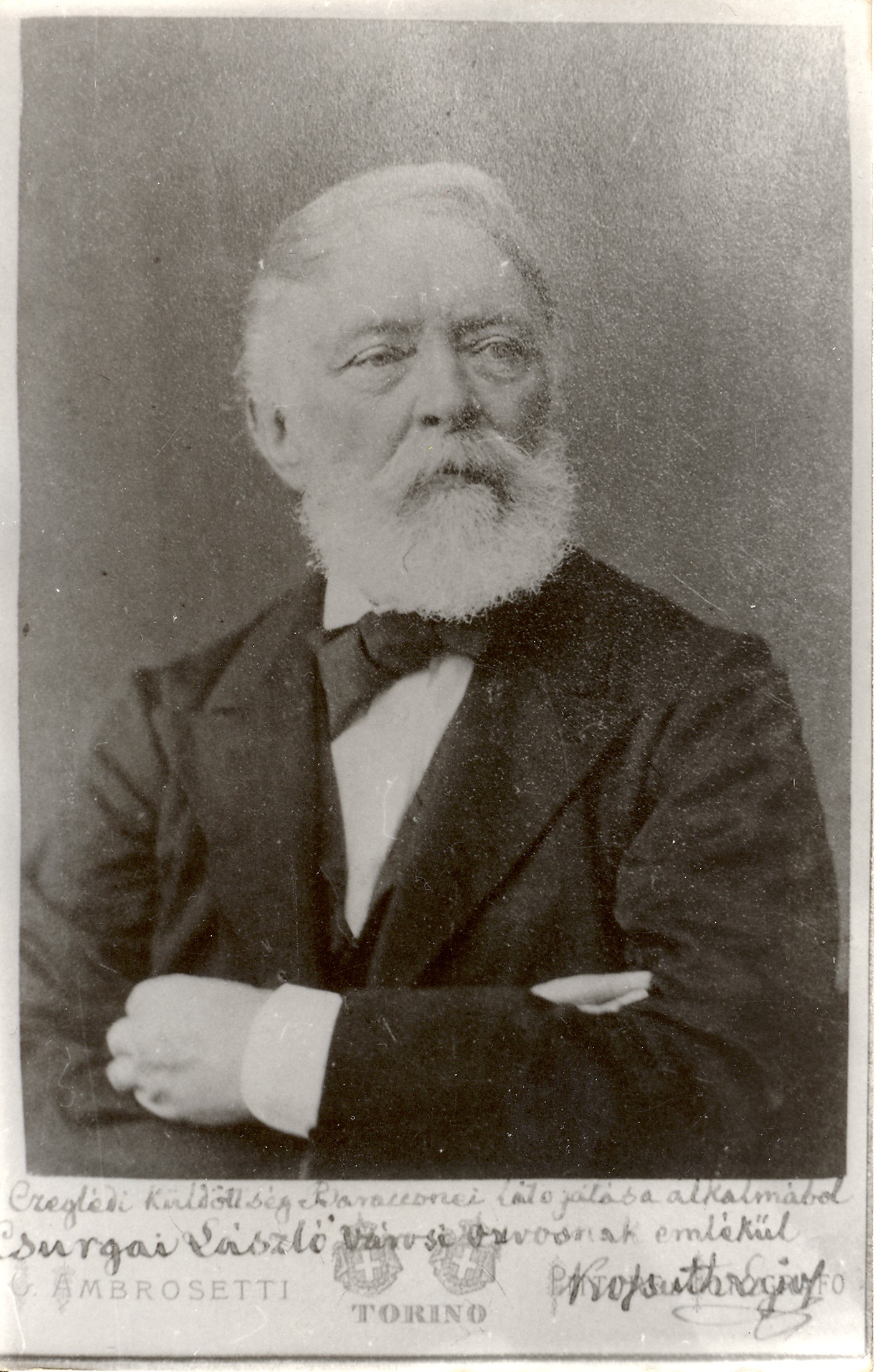
Kossuth Lajos Evangélikus Országos Múzeum
The idea for the second statue to be erected on the square also originated in the 1890s. Lajos Kossuth (1802-1894), leader of the Hungarian Revolution and War of Independence of 1848-49 had died in emigration in 1894, and in the same year fundraising began to erect his statue in Budapest; in contrast to the Andrássy statue, this was a public initiative.